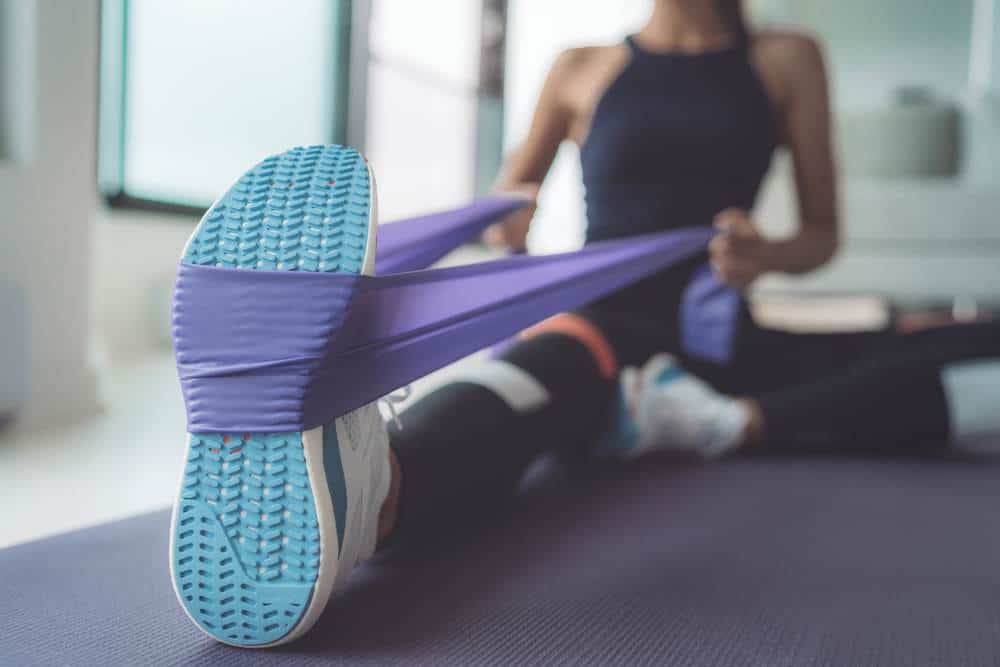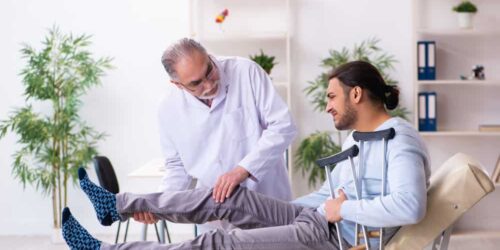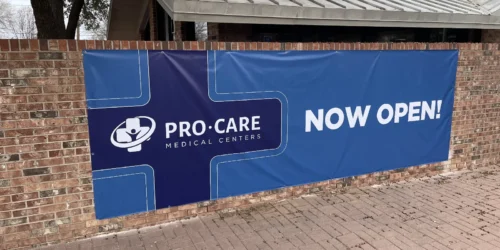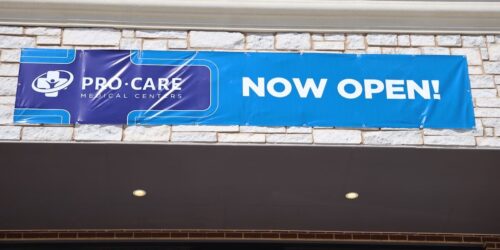If you’ve been injured in a car accident, the exact treatment you need will vary based on the kind of injury you sustained and its severity. In most cases, physical therapy will be an important part of your treatment plan as it can help you build back lost strength and flexibility while preventing future injuries. Much of this work can be done in an office with a physical therapist guiding your movements, but there are also follow up exercises that can be done at home and long after your treatment has ended. Some of these exercises are helped by equipment that you can purchase on your own.
Best Equipment for Flexibility
When the joints and other mobile areas of the body are damaged, healing often requires stabilization and less movement for a period of time. However, joints can become stiff and lose some level of flexibility after lack of use, making normal movements difficult. Some modalities will focus on flexibility to help regain this ability and even improve it compared to the pre-injury level.
Pulleys
Pulleys are a device that can be attached to something solid, like a door frame, and then connected to a stretchy material. This can help with shoulder flexion and abduction, which move the shoulders and create enough tension to help the shoulder open up and become more flexible over time.
Incline Boards
These simple boards sit at an angle and can be used to increase extension, especially in the lower and upper back. Stretching parts of the body that may be tight can help them regain a wider range of motion and relieve pressure from issues like a herniated disc.
Best Equipment for Strength Training

Muscle weakness can cause and be a symptom of many common car accident injuries. Weakened muscles may leave the spine and other body parts more vulnerable to damage without proper support, and many injuries lead to muscle deterioration from lack of use. Many physical therapy programs will focus on strength training to help the muscles rebuild and become strong enough to offer better support in the future.
Light Weights
The most common form of strength training for regular fitness is weightlifting. While other uses may require large weights and focus on how much you can lift, recovering from an injury calls for using light weights consistently. It’s best to start with the smallest increment, like a 1-pound weight, and slowly increase as you gain strength. Starting with a higher weight is likely to cause more damage, rather than increasing the increment over time. You can also look at ankle weights and similar products to help with injuries in this area.
Resistance Bands
Resistance bands are like large rubber bands that won’t snap. These extremely versatile pieces of equipment can be used on the legs, arms, shoulders, and in a variety of ways. Because you provide the resistance, it will naturally increase as you gain strength, but you are able to control the pressure as you exercise.
Arm Bikes
Like a stationary bike, arm bikes have pedal-like structures that you can place your hands into and cycle in place. This involves an element of cardio but also builds up the muscles in your arms as you move them, allowing you to control the speed. Most arm bikes also allow for a variety of resistance settings so you can adjust to your needs during recovery.
Best Equipment for Balance and Stretching
Resistance Tubes
Similar to a resistance band, these are long pieces of elastic, but rather than being flat, they are tubular. They can be used in many of the same ways for strength training, but are also a good choice for balance and stretches. You can use a tube to hold a foot or leg that you may struggle to hold up on your own or move to a certain position.
Foam Rollers
Small cylinders made of foam are a mainstay in practices like yoga and other forms of stretching, and they can also be great for physical therapy. While you are sitting or lying on the ground, the foam roller can be placed under an arm, leg, or torso. This provides pressure on the muscles that can help break up tension and help with movement as the roller assists you. Along with stretches, the foam roller can be used as a balancing tool without as much risk as something elevated.
Best Equipment for Cardio

Cardio is not directly related to most car accident injuries, but it can still be an important part of physical therapy for these ailments. Cardio work promotes overall health while helping you regain overall strength and stamina, making other exercises easier. After an injury, exercising outside on uneven roads can risk greater injury, so using equipment is a great way to maintain a safe environment while still raising your heart rate.
Stationary Bike
Stationary bikes are a great alternative to traditional bicycles because they allow for greater control. You can set the level of speed and resistance on each machine so you don’t exert yourself more than necessary. This also allows your physical therapist to prescribe specific routines. These bikes also avoid issues like potholes and uneven sidewalks that could potentially cause more injury.
Treadmills and Anti-Gravity Treadmills
Treadmills have many of the same benefits as stationary bikes, allowing for control over your environment and a safe place to exercise. In addition to traditional treadmills, anti-gravity treadmills can be used when pressure in the lower back is a concern. These machines feature a bubble that inflates with air, then surrounds the user’s lower body. By gently lifting off the treadmill, pressure on the lower body is reduced. If pressure is so severe that it inhibits movement, this can allow for painless exercise and lead to an eventual improvement in condition. Anti-gravity options can also make cardio more accessible earlier in the recovery process.
Equipment and Recovery Programs
If you have suffered an injury, no matter how small, you should not simply find these pieces of equipment and begin using them. Instead, working with a chiropractor and physical therapist can help you identify your exact injury and what you need to recover in full. You’ll receive a plan that combines chiropractic adjustments and physical therapy with the goal of treating your injury and finding relief in the long term. As a part of this, your doctors may recommend exercises and equipment that you can use at home to support the program, and even once it officially ends. You should always consult with these professionals before starting any exercise routine after a car accident. If you need guidance and treatment after a car accident, contact Pro-Care today to work with a specialist and begin healing.



